Is specialty coffee starting to embrace fully-automatic espresso machines?
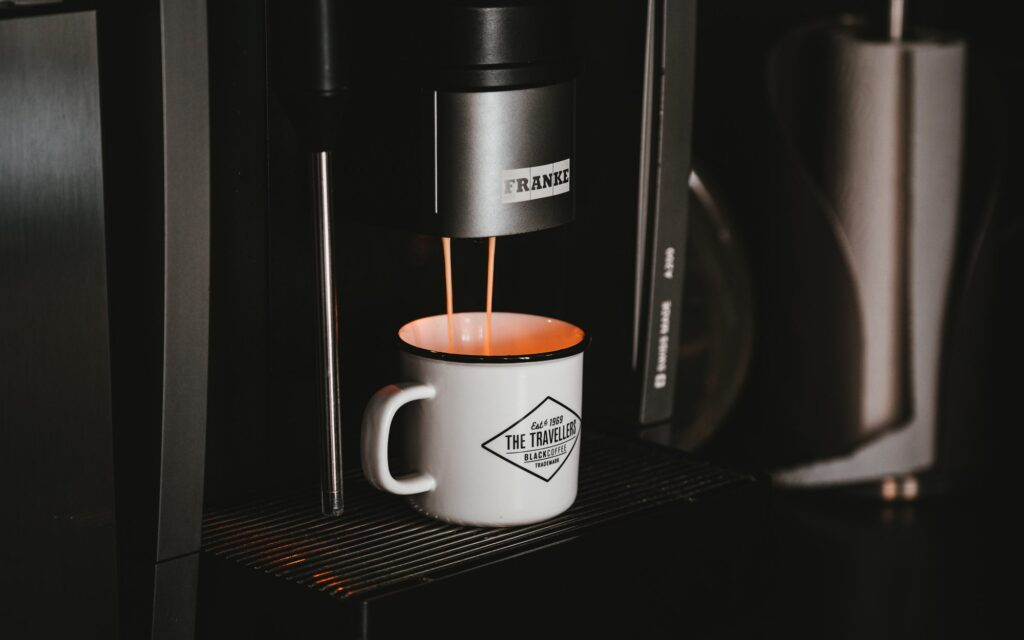
There’s a reason why both businesses and consumers invest in fully-automatic coffee machines: unparalleled convenience. These machines can grind, tamp, and extract coffee at the touch of a button, with some even able to foam and dispense milk to make a range of drinks.
To add to this, the precision of fully-automatic machines is only improving. Now more than ever, users are able to control different variables – ranging from grind size to extraction time to how much microfoam is dispensed.
However, the argument still remains that these machines can diminish the “craft” of making coffee. In turn, the majority of specialty coffee shops and roasters still favour traditional (or automatic) espresso machines. This way, baristas can showcase their skills much more obviously.
But has specialty coffee’s opinion about fully-automatic espresso machines started to change?
One of the most recent examples of this potential shift in perspective was on 17 August 2023, when the Specialty Coffee Association opened applications for the 2024-27 World Latte Art Championship qualified sponsorships. For the first time since the competition began in 2005, manufacturers of both traditional and fully-automatic espresso machines can apply.
So is this a signal of wider change, or just a shift in the competition format? To explore this further, I spoke to Carmen Clemente, 2022 World Latte Art Champion, and Umberto Majer, President and CEO of VEA.
You may also like our article on how super-automatic espresso machines are evolving.
Automatic vs. fully-automatic: What’s the difference?
In most coffee shops around the world, you’ll find an automatic espresso machine. This is a term used to describe what we consider a standard espresso machine in the specialty coffee sector.
Essentially, automatic machines require baristas to grind and dose coffee into portafilters, which are then inserted into the machine’s groupheads. The barista presses a button, and the machine extracts the espresso according to a predetermined yield. Once the target weight is reached, it will automatically stop brewing.
In comparison, when using semi-automatic espresso machines, baristas need to manually start and stop extraction by pushing a button. For obvious reasons, these machines require baristas to be more attentive to yield and extraction time. If not, they risk pulling a bad shot.
Baristas also need to steam milk and pour latte art by hand if using an automatic or semi-automatic espresso machine.
So this brings us to fully-automatic machines. Carmen is also the co-founder of the World Latte Art & Coffee Center in Milan, Italy with her partner and fellow competitor Manuela Fensore. She explains the differences.
“Fully-automatic espresso machines basically do all the tasks which are normally carried out by the barista,” she says. “They grind, dispense, tamp, and extract coffee, and even dispose of the used coffee grounds.”
Beyond this, some fully-automatic machines can also foam, dispense, and pour different types of milk – including plant-based options.
How has fully-automatic espresso machine technology evolved in recent years?
Espresso machine technology in general has come a long way over the past decade or so. Alongside more striking and ergonomic designs, overall machine performance has improved significantly. Baristas are now able to tweak more extraction variables than ever before to serve excellent espresso. Some of these include pre-infusion time and flow rate.
Similarly, fully-automatic espresso machine technology has also become much more advanced.
“A few years ago, it was difficult to extract a decent cup of coffee using these machines,” Carmen says. “But as a result of innovation in machine technology, and the support of several prominent figures in the specialty coffee industry, you can now get outstanding results.”
It’s true that in recent years a number of seasoned specialty coffee professionals and competitors have become brand ambassadors for fully-automatic espresso machine manufacturers. Some of these include:
The 2023 World Barista Champion, Boram Um, who recently became the global brand ambassador for Eversys
The 2017 World Barista Champion, Dale Harris, is also an Eversys brand ambassador
Regular World Barista Championship competitor Wojciech Tysler, who is the first-ever brand ambassador for Franke Coffee Systems
“There is still room for improvement, such as how evenly the coffee is distributed in the extraction chamber and ensuring that all spent coffee grounds are flushed from the filter,” Carmen adds. “But fully-automatic espresso machine technology is continuously improving.”
Umberto is the President and CEO of VEA, a professional coffee equipment manufacturer which includes brands like Carimali, Heylo, Elektra, and Slingshot.
“In recent years, the technology powering fully-automatic espresso machines has advanced significantly,” he says. “Generally speaking, these machines have become more user-friendly and reliable, and also serve high-quality coffee.”
Convenience is key
One of the biggest drivers of growth in the coffee industry is convenience. Whether it’s capsules, mobile ordering, or ready-to-drink coffee, consumers have started to prioritise convenience now more than ever.
At the same time, the specialty coffee sector has also been embracing automation to improve efficiency and productivity. We’ve seen this across the board – ranging from optical sorters on coffee farms to AI-driven roasters to automated tampers.
In line with these changes, it becomes clear why fully-automatic espresso machines have become more advanced and quality-focused, too.
“Manufacturers have developed self-adjusting grinders, so baristas don’t need to manually change grind size throughout the day – or even the lifespan of the machine,” Umberto explains. “Grinder performance can vary due to various external factors like humidity, which can then affect performance and coffee quality.
“Additionally, fully-automatic espresso machine features like pre-infusion, temperature stability, and pressure control all help to achieve a better extraction. And this results in tastier drinks,” he adds.
Where do fully-automatic espresso machines fit into specialty coffee?
The specialty coffee sector is continuing to adopt more automated solutions. With this in mind, it’s important to understand the role that fully-automatic machines will play in the future.
Despite the growing use of automated milk foaming solutions, we certainly won’t see many coffee shops transition away from traditional espresso machines any time soon.
But that doesn’t necessarily mean specialty coffee isn’t willing to accept fully-automatic machines. Earlier this year, the SCA opened up its 2024-27 World Latte Art Championship qualified sponsorship applications to fully-automatic espresso machine manufacturers for the first time.
New WLAC sponsors
To be considered for WLAC sponsorship, espresso machines need to meet rigorous standards and pass a series of tests. Any machine which meets this criteria is deemed as “competition grade”, and can then be selected as the sponsor machine for three years.
In addition to technical skills, WLAC judges assess several aesthetic attributes of competitors’ latte art. These include foam quality, contrast between coffee and milk, level of difficulty, and overall visual appeal. Considering this, the SCA must feel assured that fully-automatic machines can produce well-textured microfoam to the same standards as traditional espresso machines.
For this year’s World Latte Art Championship (to be held in Taipei, Taiwan from 17 to 20 November), Sanremo’s automatic Café Racer is the qualified sponsor espresso machine. This means we’re still yet to see if the SCA selects a fully-automatic machine for next year’s event – and how that could impact the competition.
“Overall, the introduction of these machines is likely to shift the focus of the competition more towards the craft of latte art,” Umberto says. “This could potentially make the championship more accessible to a wider range of coffee professionals.”
Carmen, meanwhile, has a slightly different opinion on the new sponsorship rules.
“I’m concerned the competition might lose its charm if we don’t get to see the full range of a barista’s movements when steaming milk,” she says.
Looking to the future
As part of the discussion about fully-automatic machines at the WLAC, we also need to look beyond competitions.
Many argue that these machines can strip away the artisanal aspects of preparing coffee, or even diminish the necessary human elements that baristas provide – which is a cornerstone of specialty coffee culture.
There is certainly some merit to these perspectives, but Carmen believes fully-automatic machines will serve a different purpose which only enhances specialty coffee.
“These machines allow customers to drink great coffee in places where they typically couldn’t before,” she tells me – pointing to hotels, service stations, and supermarkets as examples.
She also emphasises that baristas will continue to play a key role in coffee shops, and their replacement is unlikely.
“There will always be the need for a trained professional to understand how to extract espresso and serve drinks,” she continues. “Baristas will always need to check coffee and beverage quality, and resolve any issues with the machines.”
A positive impact
Like with many other automated solutions, fully-automatic espresso machines have the ability to improve workflow and productivity.
Umberto explains that because these machines can take on more of the barista’s tasks, there is potential to enhance the customer experience.
“Baristas can focus on other aspects of their job – such as pouring latte art and interacting with customers – without sacrificing quality during busy periods,” he says. “As a result, fully-automatic espresso machines can augment a barista’s skills, while maintaining customer satisfaction.”
Whether you embrace it or not, automation will keep serving an increasingly important purpose in specialty coffee, and this includes fully-automatic espresso machines.
And with these machines becoming even more advanced and precise, they have the potential to influence the specialty coffee industry in many different ways – whether at competitions or across the wider sector.
Enjoyed this? Then read our article on how espresso machines have changed in the 21st century.
Perfect Daily Grind
Want to read more articles like this? Sign up for our newsletter!
The post Is specialty coffee starting to embrace fully-automatic espresso machines? appeared first on Perfect Daily Grind.
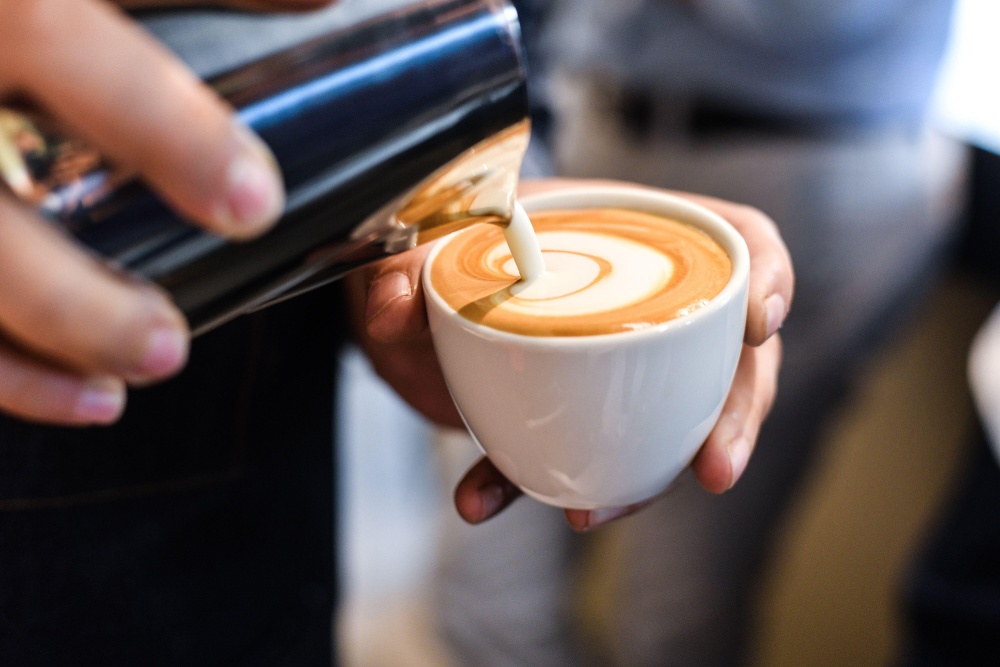
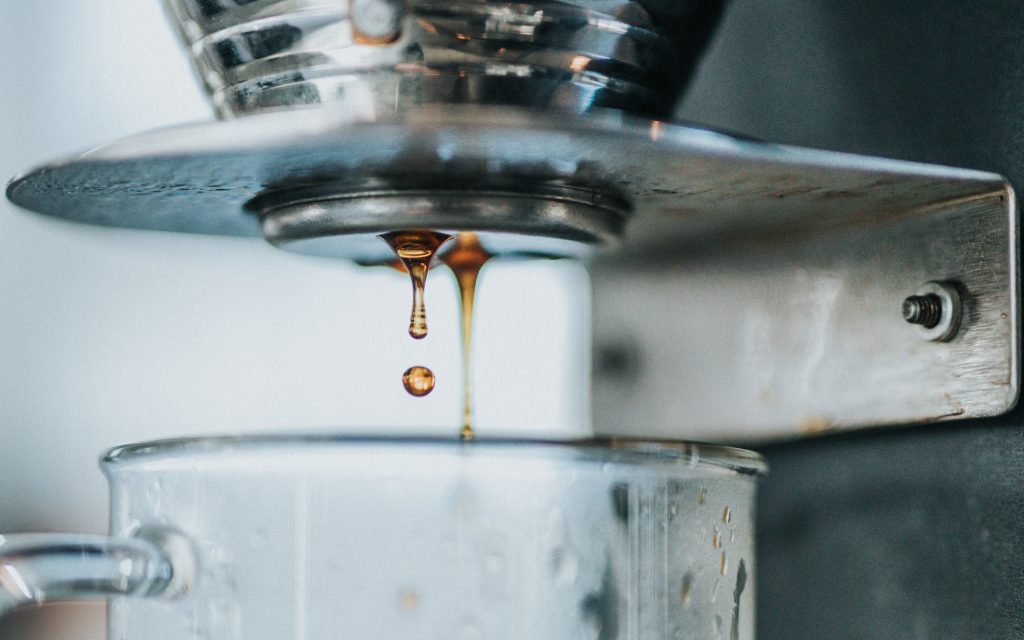

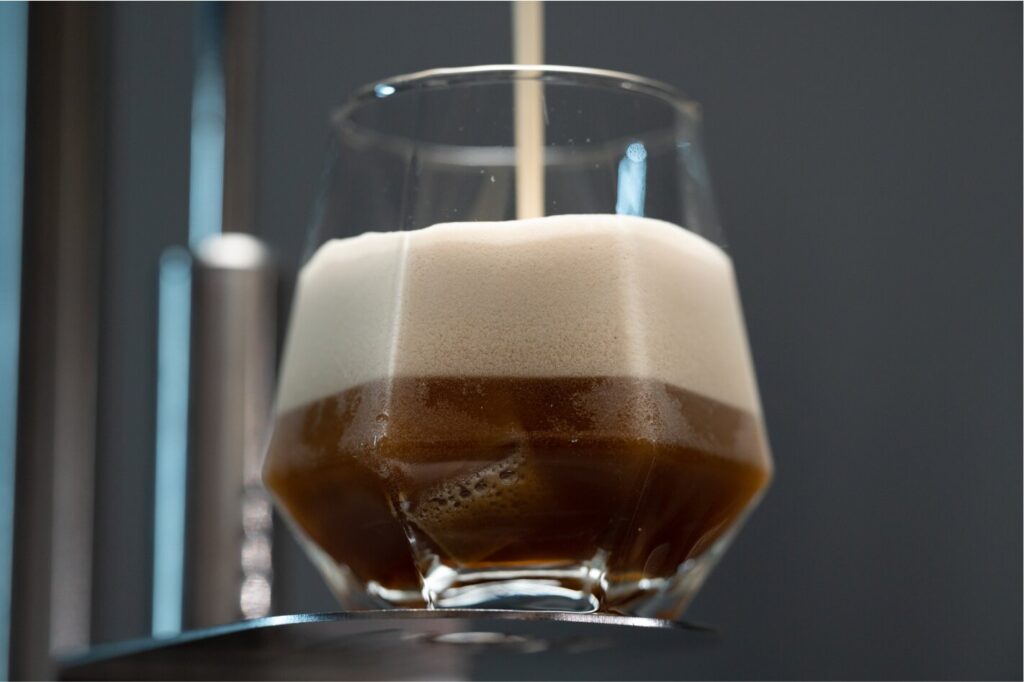
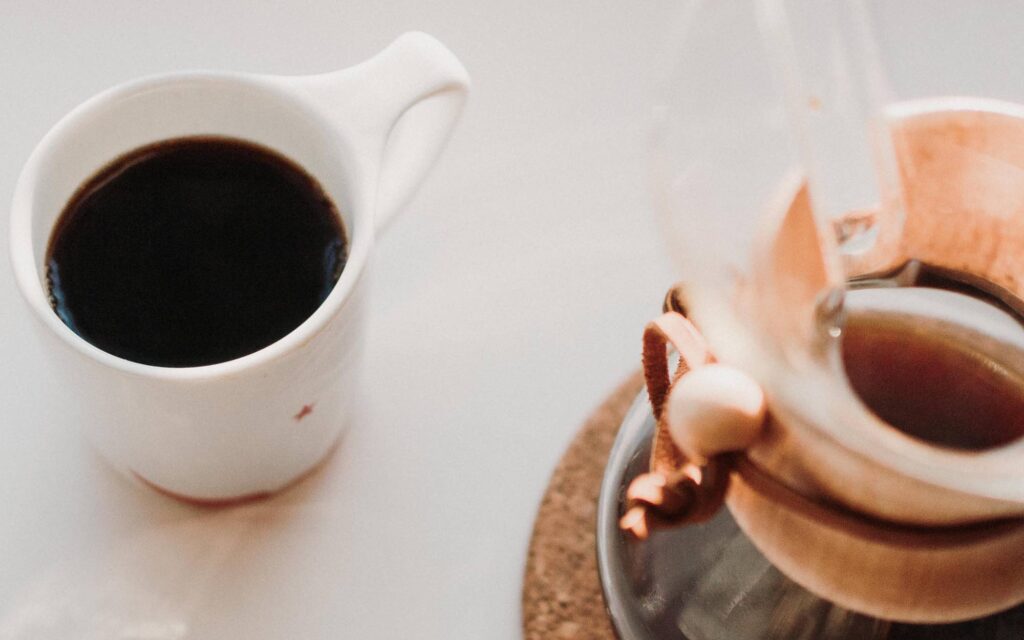
Responses